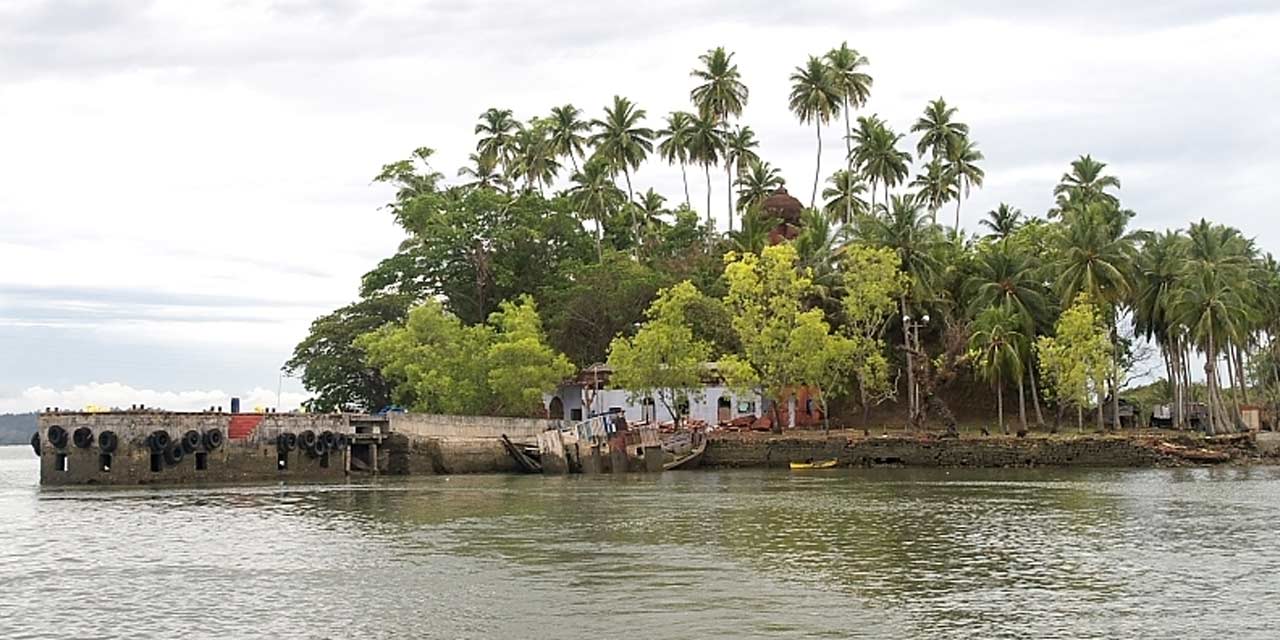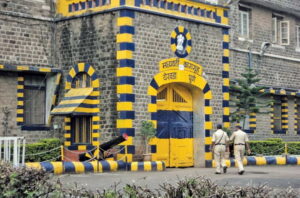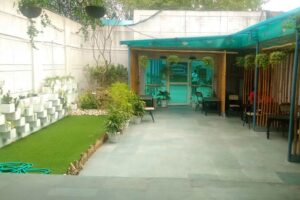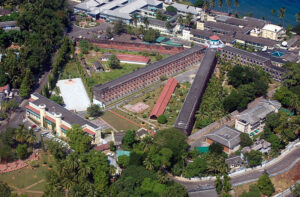Jail tourism: Roaming free in the Indian prisons

Viper Island is infamous for death of Brij Kishore Singh Deo, popularly known as Maharaja Jagannath of Puri
Jails in India or anywhere else are not high on a typical traveller’s bucket list. However, there are a few prisons that have historic significance and also allow tourists to spend a night in its premises and live a prisoner’s life without committing any offence.
The most recent addition to the list of such touristy jails in India is the Yerwada jail in Pune, Maharashtra that will allow tourists to visit, explore and spend time in the premises as well as in the lockups of jail from Republic Day, January 26, 2021, onwards.
Yerwada Jail, Pune, Maharashtra
The historic jail, located near Pune airport, was often used by the British colonial police to house freedom fighters. The names of people who have been imprisoned here read like who’s who list of the freedom struggle. Amongst those jailed here are Mahatma Gandhi, Lokmanya Tilak, Motilal Nehru, Jawaharlal Nehru, Vallabhai Patel, Sarojini Naidu & Netaji Subhash Chandra Bose.
Built in 1871, certain parts of the Yerwada Central Jail, spread across 512 acres of lush greenery, one of the largest in South Asia, will allow tourists, besides students, researchers and other groups to go around and study various aspects of the jail steeped in history and closely linked with India’s struggle for Independence.
Apart from having a textile mill and a separate radio station by, for, and of the inmates, there is an Open Jail of Yerwada where prisoners live under basic security and grown fruits and vegetables. Presently, Gandhian principles are taught to prisoners who wish to learn them.
Tihar Jail, Delhi
While the Yerwada Central jail is an important addition to the ‘Jail tourism’ policy, it only adds up to the legacy of a list of jails that allow and promote tourism. With the ‘Jail Tourism’ policy, launched in 2019, Tihar Jail in the national capital Delhi, was one of the firsts to invite tourists.
The largest prison in South Asia, Tihar Jail was established as the maximum-security prison by the then undivided State of Punjab in 1957. The prison is also famous for the rehabilitation of the inmates as on completing their sentence the prisoners can appear for the placements as well as higher studies. This subject came to notice when one of the inmates successfully made it into the Indian Administrative Services. The jail in past few years has housed many famous political prisoners including former RJD chief Lalu Prasad Yadav and the current Delhi chief minister Arvind Kejriwal.
Some parts of this jail including the canteen that boasts of a beautiful café with delicious food and the beautiful garden that has some of the most exotic plants found in India, fully looked-after and maintained by the prisoners, has long been a hotspot for curious travellers and those who want to study the place and its people.
Cellular Jail, Andaman and Nicobar Islands
Cellular Jail also called Kala Pani (black waters) is probably the most famous prison in the history of the Indian Independence movement. Synonymous with social exclusion, the British used this jail to exile over 80,000 freedom fighters here for years and even decades. The living conditions here were amongst the worst recorded in India’s decades-long freedom struggle.
It took 10 years to construct this prison and it is surprising to think that even during times connectivity was meagre, they managed to erect a monument that could house thousands of prisoners amidst an island. During World War II, when the islands were invaded by the Japanese in 1942, British prisoners of war were detained here until taken over by the latter again in 1945.
Being notoriously famous for the brutal punishments and living condition of its inmates, it was one of the most dreaded prisons during the British regime. Stories and tales about this prison explain that freedom fighters and rebels were chained and punished in inhuman ways by the British and asked to work on constructing ports, buildings and other activities. The seclusion of the prison from the Indian mainland made it further horrifying for prisoners to think of getting captured and escaping. Today, it stands as a remembrance to the lives of the freedom fighters and offers a glimpse of freedom struggle to visitors.
The people that visit the jail, now, can look into its dark past through a light and sound show that tells the story of the Indian Freedom struggle. The jail is open for visitors on all weekdays, except for public holidays. The premises now also houses a hospital where 40 doctors serve the local population.
Hijli Jail, Midnapore, West Bengal
Established as a detention centre in West Bengal’s Midnapore in 1930, Hijli Jail is infamous for the ‘Hijli Firing’ incident of 1931. Back then the police opened fire on unarmed prisoners killing two detainees. The incident caused outrage all over the country. Many people including Rabindranath Tagore and Subhash Chandra Bose voiced their strong protests over this incident. Bose even came to Hijli to collect the prisoners’ bodies.
However, today the place stands as one of the greatest institutes imparting education in the country. In 1951, Indian Institute of Technology, Kharagpur was established at the location of the prison. The detention camp, which is located within the IIT campus has now been converted into a museum called Nehru Museum of Science and Technology.
Viper Islands – Andaman and Nicobar Islands
The gallows of Viper Island is not as famous as the Cellular Jail, but it did serve a similar purpose during the struggle for Indian independence. The jail here was constructed before the cellular jail and anyone who dared to speak against the British rule was sent here and tortured.
The place also earned a notorious name ‘Viper chain-gang jail’, during that time. Legends say that inmates who challenged the British were chained together at nights and were put to hardest possible labour. Viper Island is also infamous for the death of Brij Kishore Singh Deo, popularly known as Maharaja Jagannath of Puri, Odisha, who was treated like an ordinary convict and died here in 1879, succumbing to the tortures.
Today, however, the dilapidated walls of the facility form a picturesque backdrop for people who visit the place. The once two-storeyed jail building now serves as a bittersweet reminder of the time when this place was anything but touristy.













